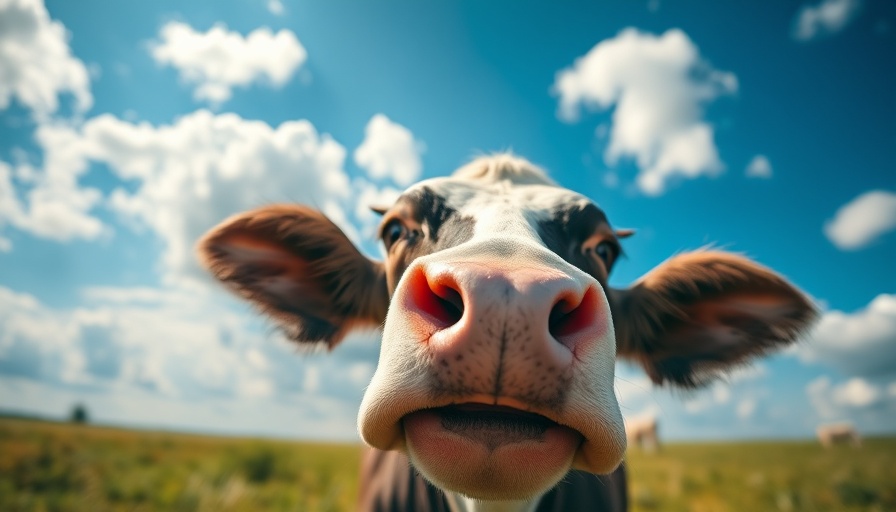
The Rise of a New Threat: H5N1 Bird Flu's Latest Mutation
A second genotype of H5N1 bird flu has been found to have jumped from dairy cows to humans, marking a significant shift in the virus's transmission patterns. The latest case, reported in Nevada, is the first human case of this type of highly pathogenic avian influenza in the state. A farm worker who contracted the virus experienced only mild symptoms, specifically conjunctivitis, but this incident raises important questions about the potential for further outbreaks.
Understanding the New Genotype D.1.1
Previously, the dominant strain in cows had been identified as B3.13, which tended to cause milder illnesses. However, the recent identification of D.1.1 among infected dairy cows indicates the potential for more severe human health risks. This genotype emerged after H5N1 circulated among wild birds for several years, subsequently spilling over to mammals, first cows, and now humans. The Centers for Disease Control and Prevention (CDC) has noted the emergence of D.1.1 as concerning, particularly due to its mutation, which suggests an adaptation to mammalian hosts.
Implications for Public Health
The spread of H5N1 across species—from birds to cows and now to humans—highlights the interconnectedness of animal and human health. With over 60 confirmed human cases in the U.S. since early 2024, the data suggest that the risk of a more dangerous strain emerging is growing. While officials have stated that person-to-person transmission has not been observed yet, the continuous flow of the virus among different species gives cause for concern. Experts warn that the longer these viruses mutate and circulate, the closer we get to a potential epidemic or pandemic.
Current Surveillance and Future Needs
Health authorities are urging for comprehensive monitoring of H5N1 across animals and humans alike to prevent future outbreaks. Increased veterinary and public health surveillance can help identify new strains and potential hotspots for human infection, allowing for quicker response times. Educating farm workers and the general public on how to reduce exposure risks is also crucial. This multifaceted approach may mitigate the spread of such infectious diseases and safeguard human health.
 Add Row
Add Row  Add
Add 




Write A Comment